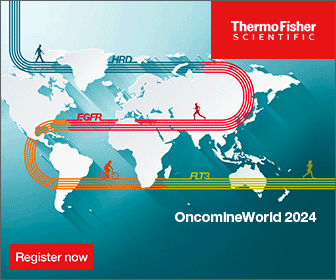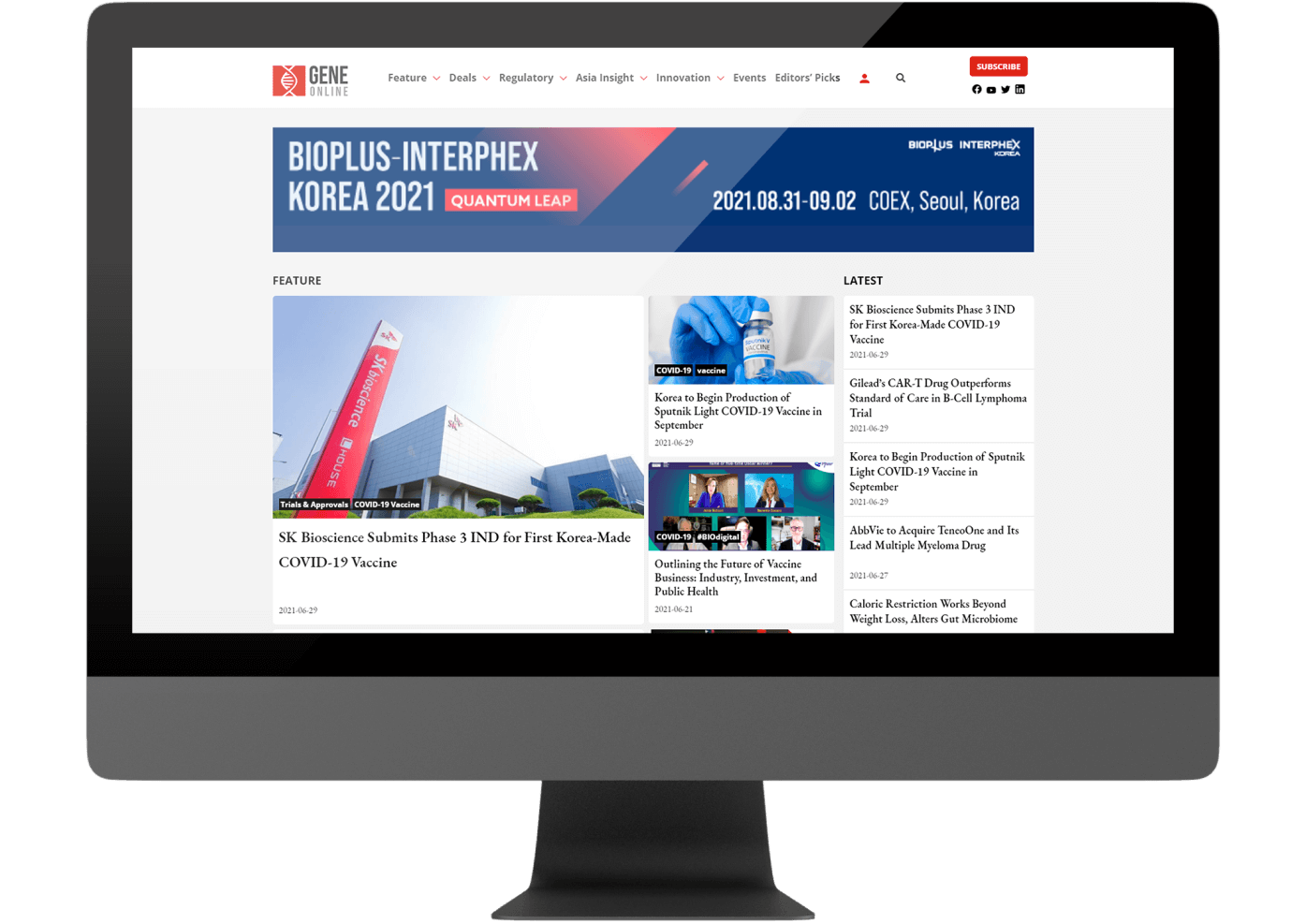In Vivo Functional Screen, PerturbSeq Helps Understand the Complex Interplay of Autism Risk Genes
Genetic screens are laborious and churn out long lists of candidate genes for any given disorder. Systematic analysis of each locus for its phenotype is very challenging. High-throughput technologies can help address this analysis by enabling the sampling of multiple genes across many cell types in vivo.
Autism Spectrum Disorders (ASD) is a broad collection of neurodevelopmental deficiencies with many genetic variants and affected cell types in the brain. While few genes have been extensively studied and characterized for their role in ASD, many remain poorly defined. Moreover, ASD could result from impaired interaction of multiple genes in several developmental pathways, and hence single gene analysis may not suffice to understand the defects in molecular processes underlying ASD.
New Discovery
In a new study, published in Science in November 2020, researchers from the Broad Institute, MIT, and Harvard University have demonstrated an in vivo functional screen for 35 ASD candidate genes by analyzing their knockout effect in developing mouse brain by single-cell transcriptomics, called PerturbSeq.
This study combined two technologies – CRISPR and single-cell transcriptome analysis. Perturb-Seq provides a scalable means to conduct in vivo genetic screens to evaluate the effect of loss of multiple candidate/risk genes in many cell types. Combined with CRISPR-Cas9 to knock out the 35 ASD candidate genes in mouse embryos, the authors could identify gene networks and combinatorial codes of genes in neurons and glial cells that are crucial to cortical development and ASD progression.
By introducing frameshift mutations in the candidate genes in utero, the authors analyzed the transcriptomes of five classes of brain cells-cortical projection neurons, cortical inhibitory neurons, astrocytes, oligodendrocytes, and microglia, from the postnatal brain. Each cell analyzed had one mutated candidate gene. With multiple statistical analyses, the authors could detect 14 gene networks that shared the effects of specific perturbations. These 14 modules were involved in diverse developmental pathways such as cell cycle regulation, differentiation, and maturation. A group of mutated genes could share a cell-type specificity indicating a convergence of multiple risk genes. Some genes, such as Adnp, Ank2, etc., overlapped across multiple modules, suggesting their involvement in more than one molecular pathway.
Relevance in Humans
The team validated the data for Chd8 and its involvement in oligodendrocyte development by examining a Chd8 germline heterozygous mutant model for expression of oligodendrocyte markers such as Cspg4 and Pdgfra, both of which were indeed reduced in postnatal Chd8+/- mouse, correlating with PerturbSeq data. To understand the relevance to the human brain, the authors compared the perturbation-based gene modules to human brain transcriptome data from ASD patients and cerebral organoids and found that gene expression and co-variation of multiple genes is conserved from mouse to human.
With this proof-of-concept study, PerturbSeq can be applied to analyze other multigenic disorders in other tissues. The study demonstrates the power of single-cell analyses to provide comprehensive and biologically significant data that can help refine genetic disease models by assigning functions to multiple genes, operating across cell types, and predicting molecular mechanisms and interconnected risk factors.
By Sahana Shankar, Ph.D. Candidate
References
©www.geneonline.com All rights reserved. Collaborate with us: service@geneonlineasia.com









